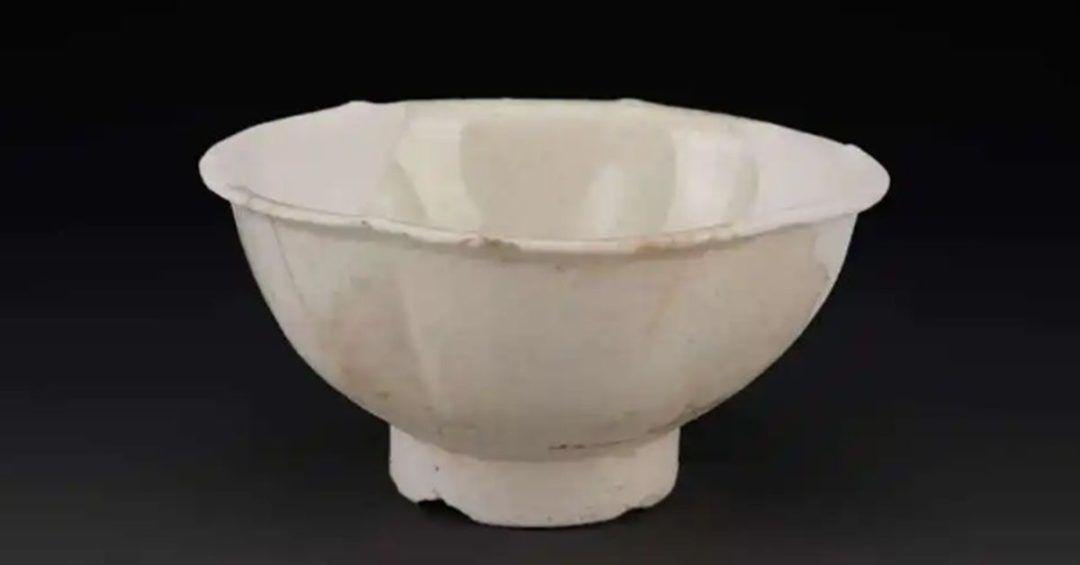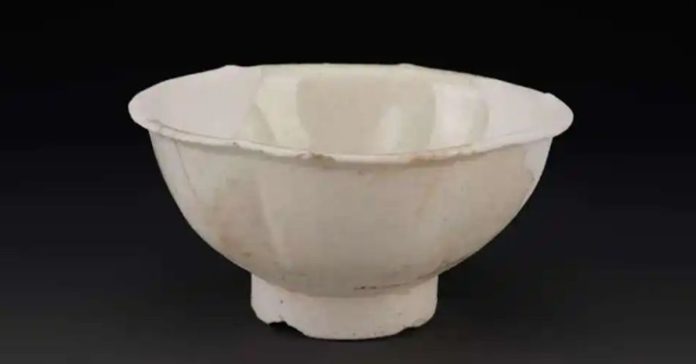Archaeologists in Northwest China have uncovered the earliest known examples of high-quartz porcelain at the Suyukou porcelain kiln site in Helan County, Ningxia Hui Autonomous Region. This groundbreaking discovery challenges previous assumptions about the development of porcelain in China, pushing the timeline of a crucial porcelain-making technique back by over 200 years.

A Major Shift in Porcelain History
The discovery at Suyukou advances the understanding of high-quartz porcelain production, particularly the “two-component recipe.” Previously believed to have originated during the Yuan Dynasty (1279-1368), new evidence now places its development in the Xixia period (1038-1227). This shift in dating, reported by CCTV, provides fresh insights into early porcelain craftsmanship in China.
Cui Jianfeng, deputy dean of the School of Archaeology and Museology at Peking University, explained that the “two-component recipe” refers to a mixture of two primary ingredients, with a significantly high proportion of quartz. The innovation found at Suyukou represents a major step in refining porcelain translucency and quality.
Northern vs. Southern Porcelain Techniques
Porcelain production methods varied across China, with distinct differences between the northern and southern regions. Southern kilns often used magnetite as a key ingredient, while northern kilns relied on kaolin. Additionally, the firing temperatures in northern kilns were typically higher, resulting in thinner porcelain that was rarely transparent.
However, the Suyukou kiln site from the Xixia period displayed an innovative approach by increasing the quartz content while lowering the kaolin ratio. This adjustment allowed for improved translucency in the porcelain, marking a significant technological breakthrough in ceramic production.
The Significance of the Suyukou Kiln Site
According to Xinhua News Agency, the Suyukou kiln site was a major production center for white porcelain during the Xixia period. It is now recognized as the earliest known Xixia kiln site in China, offering critical insights into kiln structures, production techniques, and porcelain craftsmanship from the Song (960-1279) and Yuan dynasties.
During the excavation, archaeologists uncovered well-preserved ancient porcelain workshops. These included relics from various stages of porcelain-making, such as quartz and clay processing, wheel throwing, trimming, glazing, and firing. Additionally, specialized workshops for quartz processing, drying, and kiln firing were identified, helping researchers reconstruct the full porcelain production process of the time.
An Unprecedented Resource Combination
One of the most remarkable findings at the Suyukou site was the presence of a rare combination of essential raw materials. Deposits of clay, quartz, limestone, coal, and water were all found within the site, making it an exceptionally well-resourced production center for porcelain. Such a comprehensive set of natural resources at a single kiln site is unprecedented in Chinese porcelain archaeology.
Furthermore, the findings indicate that the Suyukou kiln site was responsible for producing porcelain specifically for the Xixia palace, highlighting its historical and cultural significance.
Cultural Exchange and Historical Impact
Professor Zheng Jianming from Fudan University’s Department of Cultural Heritage and Museology emphasized the broader cultural implications of this discovery. The findings at Suyukou shed light on the cultural exchanges and integration between different dynasties and ethnic groups during the Xixia period.
Through the study of porcelain production, researchers gain deeper insights into the interactions between various ethnic regimes of the time, contributing to the understanding of China’s multi-ethnic and unified cultural development.
Extensive Excavations and Future Research
The Suyukou kiln site, covering approximately 40,000 square meters, was first identified by the Ningxia Institute of Cultural Relics and Archaeology in 2017. From 2021 to 2024, the institute collaborated with Fudan University to conduct large-scale excavations of six kiln workshops, exploring both the production techniques of fine white porcelain and related historical sites such as Xixia tombs and temples.
These excavations have provided invaluable information on ancient porcelain production and will serve as a reference for future studies of kiln sites across China. As research continues, this discovery is expected to further reshape our understanding of early Chinese porcelain technology and its historical development.
The unearthing of high-quartz porcelain at Suyukou marks a significant milestone in archaeological and historical studies, offering a more complete picture of China’s rich porcelain-making heritage.

